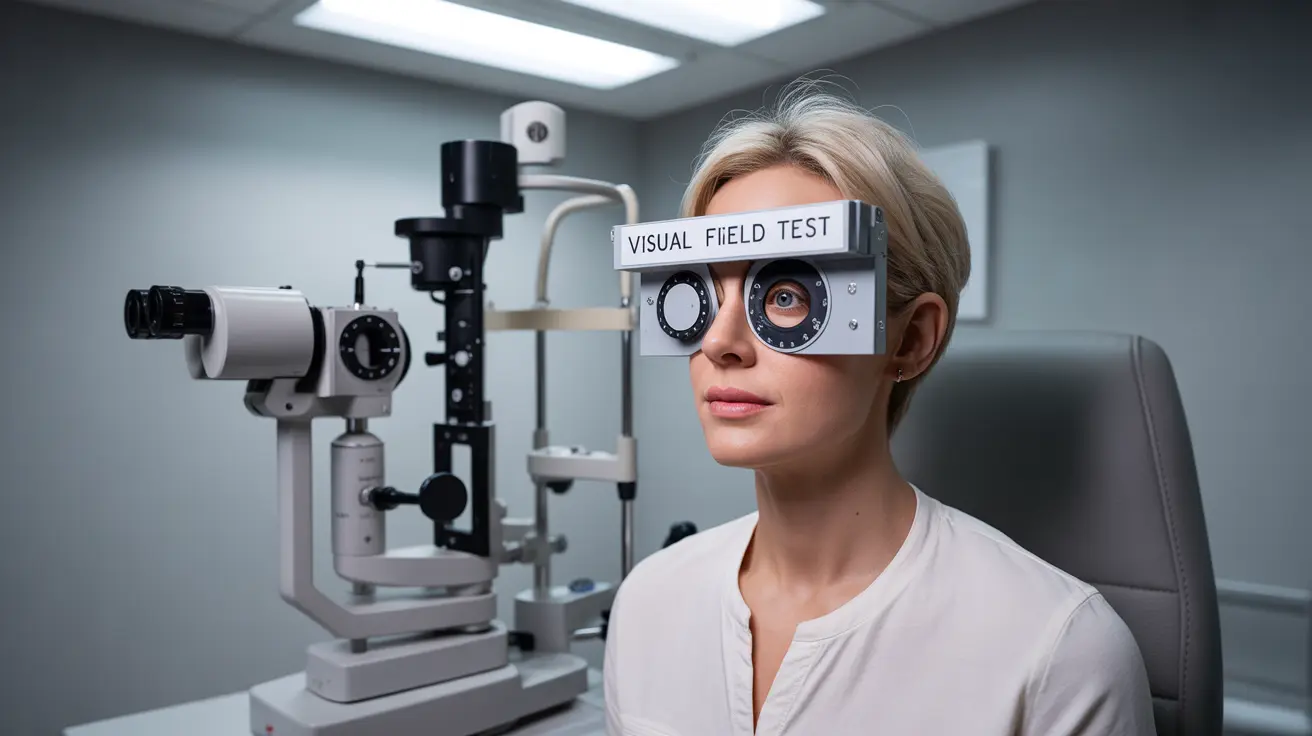Understanding what happens during a glaucoma test and how long it takes can help ease any anxiety about the examination. These important screening tests help detect early signs of glaucoma, a group of eye conditions that can lead to vision loss if left untreated.
Whether you're scheduled for your first glaucoma screening or are due for a regular check-up, knowing what to expect can make the experience more comfortable. Let's explore the typical duration and components of a comprehensive glaucoma examination.
Understanding the Glaucoma Test Timeline
A complete glaucoma screening typically takes between 30 to 90 minutes, depending on the specific tests needed and whether your eyes need to be dilated. The actual duration can vary based on your individual circumstances and the type of examination your eye care professional determines is necessary.
Components of a Glaucoma Examination
Preliminary Tests (10-15 minutes)
The initial phase includes basic vision tests and eye pressure measurements. Your eye care provider will check your visual acuity using a standard eye chart and measure your intraocular pressure using a tonometer.
Dilated Eye Examination (20-30 minutes)
If dilation is necessary, your doctor will apply eye drops that take about 20-30 minutes to fully dilate your pupils. This allows for a clearer view of your optic nerve and retina during the examination.
Visual Field Testing (15-30 minutes)
This crucial component tests your peripheral vision, which is often affected first in glaucoma. During this test, you'll look straight ahead and indicate when you see lights appearing in different areas of your visual field.
Special Considerations During Testing
Preparation
- Get adequate rest before the examination
- Bring a list of current medications
- Have someone available to drive you home if your eyes will be dilated
- Allow extra time in your schedule for a thorough examination
After the Test
- Increased light sensitivity
- Blurred near vision
- Difficulty focusing on close objects
These effects typically last 4-6 hours.
Frequently Asked Questions
How long does a glaucoma test usually take from start to finish?
A complete glaucoma test typically takes between 30 to 90 minutes, depending on the specific tests required and whether pupil dilation is necessary.
What are the main steps involved in a glaucoma eye test?
The main steps include preliminary testing (visual acuity and eye pressure measurement), pupil dilation if needed, examination of the optic nerve and retina, and visual field testing to check peripheral vision.
Is a glaucoma test painful or uncomfortable?
Glaucoma tests are generally painless, though you may feel slight pressure during the eye pressure test. The dilation drops might cause mild stinging, and bright lights used during the exam may cause temporary discomfort.
How often should I get tested for glaucoma based on my age or risk factors?
Adults under 40 should get tested every 2-4 years. Those over 40 should be tested every 1-2 years. People with high-risk factors (family history, diabetes, high blood pressure) may need more frequent screenings as recommended by their doctor.
What should I expect during the visual field test for glaucoma screening?
During the visual field test, you'll look straight ahead at a central target while responding to lights that appear in your peripheral vision. The test is non-invasive and typically takes 15-30 minutes to complete.




